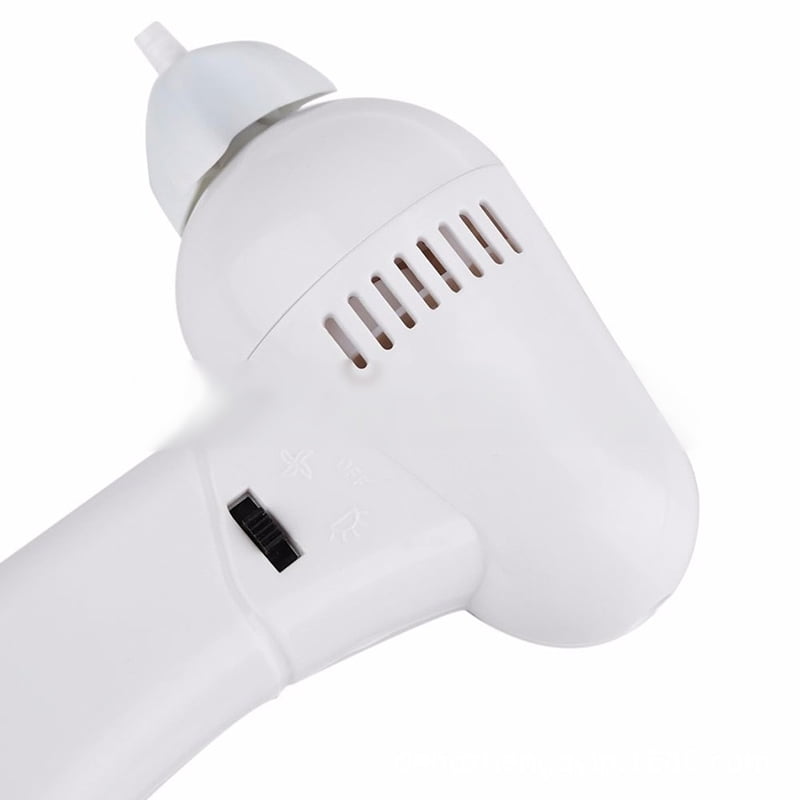
These look like specs with a headlight and are readily available and affordable. They are however, not as effective and safe to use when compared to ENT microscopes. DSome Hearing aid audiologists are now trained to offer micro-suction but they use microscope ‘loupes’. Due to waiting lists many people have to wait weeks or months for an appointment. Micro-suction in ENT departments is performed using large expensive ENT binocular operating microscopes. The use of micro-suction is quicker and safer and does not require weeks of ear drops.

This significantly reduces the risk of damage to the eardrum and an infection. Unlike irrigation or syringing micro-suction is a “dry” procedure and does not require the use of water. A sterile suction probe connected to a gentle suction machine is then used. The major benefit of micro-suction is that the wax is removed safely under direct vision at all times. In a hospital, the procedure is undertaken using an ENT binocular microscope to clearly visualize the wax. Micro-suction is normally performed in hospital outpatient clinics by ENT doctors and nurses when other methods have not been unsuccessful. NHS ENT clinic may have a long waiting list.Many surgeries are withdrawing their ear syringing service and are referring all patients to the NHS ENT clinic.Ear syringing should under no circumstances be performed on individuals with a known perforation, cleft palate, foreign object in the ear canal or a mastoid cavity following a mastoidectomy.Should not be performed when the eardrum has previously been perforated due to the risk of re-perforation.Is not recommended following ear surgery.This could potentially cause a painful infection.
#Ear wax machine skin#
This will cause water, bacteria, wax and dead skin cells will be flushed into the middle ear.


Once applied, you must remain there for 5 to 10 minutes after which, you can sit up and wipe away any excess which will come out of the ear. It requires the affected ear to be facing upwards when the drops are applied. The application of ear wax drops can be messy and time-consuming. This is due to an inhibition in its function caused by the cooler air or water. The drops are applied at home and must be at room temperature to avoid the “caloric effect”, which is caused when the balance organ in the ears are out of sync. If a perforation has been diagnosed in the past, drops should be avoided, as they may cause issues with middle ear infections. Water-based drops are considered to be more effective at dissolving ear wax than oil-based preparations. These will be either oil-based (olive oil) or water-based (sodium bicarbonate or saline). There are many over the counter preparations available from any pharmacy to loosen, soften or dissolve ear wax. These are ear wax drops, ear syringing or irrigation, micro-suction ear wax removal and endoscopic ear wax removal. There are four common methods of treatment used in the removal of ear wax.


 0 kommentar(er)
0 kommentar(er)
